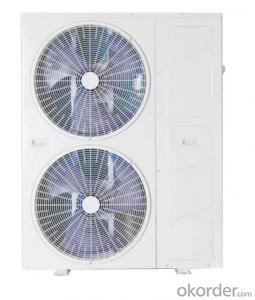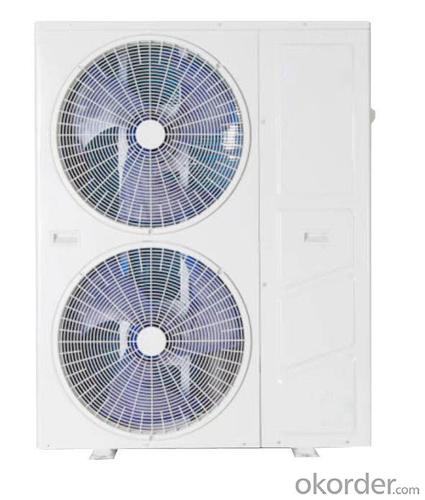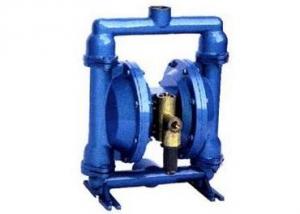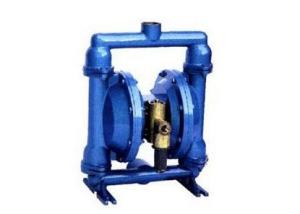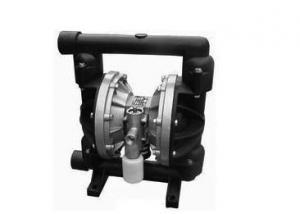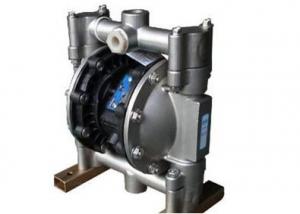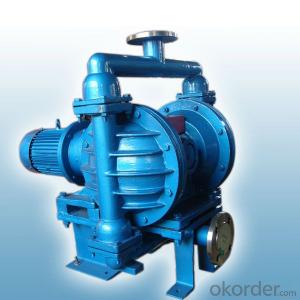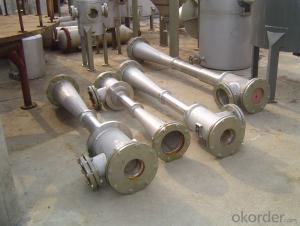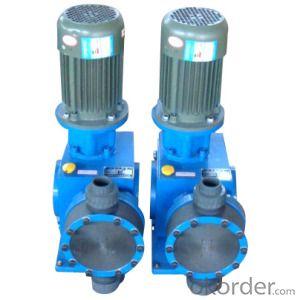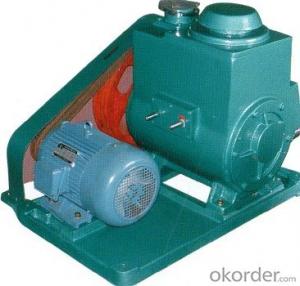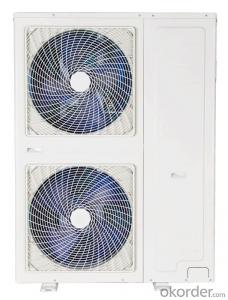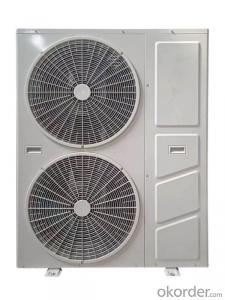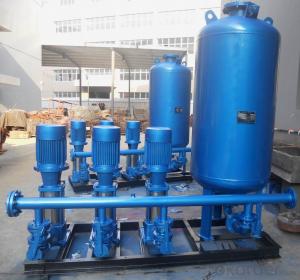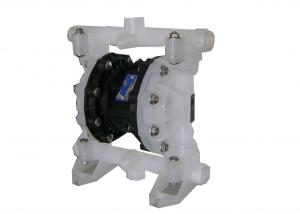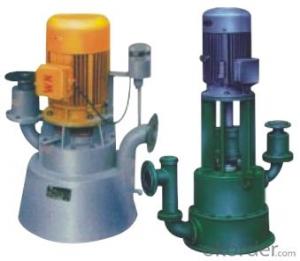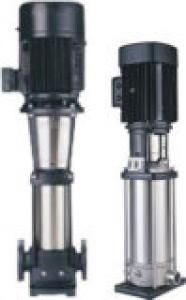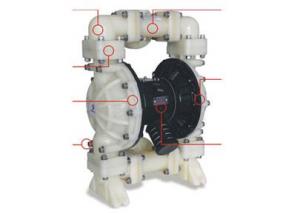Household ultra-low temperature air source heat pump unit 8P
- Loading Port:
- XINGANG
- Payment Terms:
- TT OR LC
- Min Order Qty:
- 5 watt
- Supply Capability:
- 500 watt/month
OKorder Service Pledge
OKorder Financial Service
You Might Also Like
●Bozhi air source heat pump 8P models, divided into 220V and 380V
●DC frequency conversion speed regulation technology
The use of DC frequency conversion compressor plus DC frequency conversion fan, according to user requirements can accurately adjust the running speed, efficient energy-saving, quiet and comfortable operation.
●Intelligent self-inspection and automatic early warning and repair
Automatic detection system running state, real-time algorithm analysis, and may foresee the problems of real-time intelligent early warning, avoidance, repair.
●Cloud platform expert hosting and remote control
The expert engineers can monitor, diagnose and warn the products in real time, and deal with them in time to keep the unit in good condition. Users can also remotely control the product through mobile phone APP on/off, operating mode, room temperature, etc.
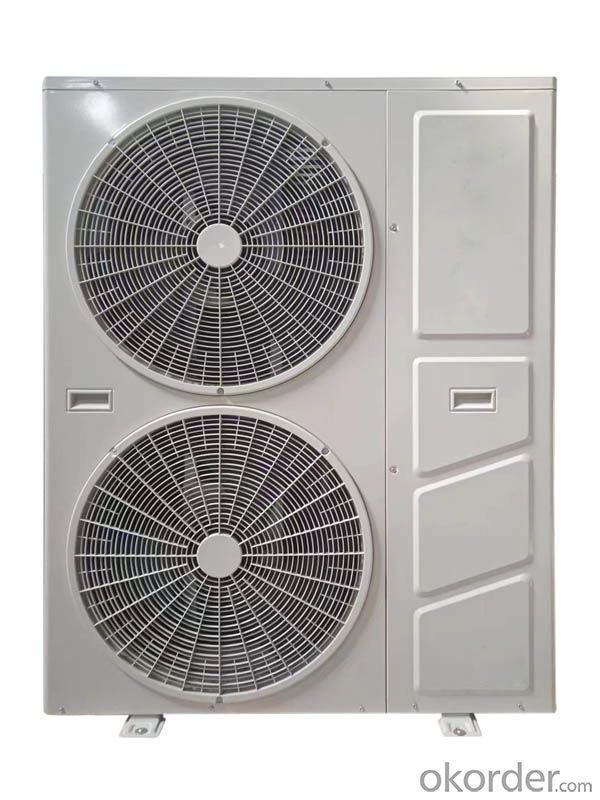
- Q: How loud is the vibration of an air pump?
- The loudness of the vibration generated by an air pump may vary based on several factors, including the specific model of the pump, the construction quality, and the surrounding environment. Typically, air pumps generate a noticeable amount of vibration and noise due to their mechanical components and the movement of air. Nevertheless, the noise level can be reduced or increased depending on variables such as the materials utilized in the pump's construction, the presence of sound insulation, and the motor's efficiency. To obtain a clearer comprehension of the noise level, it is advisable to consult the specifications or reviews of a particular air pump model.
- Q: Can an air pump be used for inflatable wedding decorations?
- Yes, an air pump can be used for inflating wedding decorations such as balloons, inflatable arches, or other inflatable elements. It helps save time and effort compared to manually blowing them up.
- Q: How does an air pump handle different sizes of inflatables?
- Various nozzle attachments are included with an air pump, enabling it to handle inflatables of different sizes. These attachments are specifically designed to fit the valves on various inflatables, ensuring the air pump can effectively inflate a wide range of sizes. In the case of larger inflatables like air mattresses or pool floats, the air pump may be equipped with a larger nozzle attachment that can rapidly fill them with air. Conversely, smaller inflatables such as balloons or beach balls may necessitate a smaller nozzle attachment to ensure a tight fit on their valves. The provision of different nozzle attachments allows the air pump to easily adapt to the size and type of inflatable being inflated, guaranteeing a secure and efficient inflation process.
- Q: How does an air pump handle variations in air quality during operation?
- An air pump is designed to handle variations in air quality during its operation through a combination of filtration and pressure regulation mechanisms. Firstly, most air pumps are equipped with built-in filters that help remove contaminants and impurities from the air as it is drawn into the pump. These filters are typically made of materials such as activated carbon, foam, or mesh, which trap particles like dust, pollen, and other allergens. By removing these particles, the air pump ensures that the air being circulated is cleaner and healthier. Additionally, air pumps often incorporate pressure regulation systems that help maintain a consistent airflow regardless of variations in air quality. These systems typically include pressure sensors and valves that monitor and adjust the amount of air being pumped based on the resistance encountered. If the air quality is compromised, such as in environments with high levels of pollutants or humidity, the pressure regulation system will compensate by increasing or decreasing the airflow to ensure optimal performance. Furthermore, some advanced air pumps may also feature additional technologies to handle specific air quality issues. For example, air pumps used in medical or industrial settings may have specialized filters capable of removing microorganisms, chemicals, or odors from the air. These filters can be customized based on the specific air quality requirements of the environment in which the pump is being used. In summary, an air pump handles variations in air quality during operation by incorporating filtration systems to remove contaminants and pressure regulation mechanisms to maintain consistent airflow. This ensures that the air being pumped is clean and healthy, regardless of the surrounding air quality conditions.
- Q: How does an air pump regulate the flow of air?
- The flow of air is regulated by an air pump through the utilization of various mechanisms that control both the pressure and volume of air being pumped. This guarantees a steady and managed flow of air for different purposes. At the outset, an air pump typically comprises a motor that propels a piston or impeller. As the motor rotates, the piston or impeller compresses the air, generating pressure. The compression process reduces the air's volume, leading to an increase in pressure. To regulate the air flow, valves are often integrated into air pumps. These valves are designed to open and close at specific pressure thresholds. When the pressure within the pump reaches a certain level, the valves open, allowing air to escape. Conversely, when the pressure drops below a certain threshold, the valves close, preventing air from escaping. Furthermore, certain air pumps are equipped with adjustable settings or controls that enable users to manually regulate the air flow. These settings may involve adjusting the motor's speed, modifying the position of the valves, or changing the compression ratio of the piston or impeller. By manipulating these settings, users can finely adjust the air flow rate according to their specific requirements. To summarize, an air pump regulates the flow of air by compressing it to increase the pressure, utilizing valves to control the release of air, and often incorporating adjustable settings to fine-tune the flow rate. This combination of mechanisms ensures a controlled and consistent flow of air for a range of applications, such as tire inflation, operation of pneumatic tools, or provision of air supply to aquariums.
- Q: Can an air pump be used for recreational activities?
- Certainly, recreational activities can certainly make use of an air pump. Inflatable pool toys, air mattresses, beach balls, and even inflatable water slides are frequently inflated using air pumps. These pumps offer a convenient and efficient way to inflate such items, enabling individuals to relish their leisure time without the inconvenience of manual inflation. Furthermore, air pumps possess the versatility to be employed in other activities, such as filling up bike tires or inflatable paddle boards, thereby making them indispensable tools for a variety of recreational endeavors.
- Q: What is the maximum weight an air pump can handle?
- The maximum weight an air pump can handle depends on the specific model and design. It is important to consult the manufacturer's specifications or user manual to determine the maximum weight capacity of a particular air pump.
- Q: Can an air pump be used for inflatable concert decorations?
- Indeed, inflatable concert decorations, like giant balloons or inflatable stage props, necessitate a substantial quantity of air for proper inflation. Employing an air pump can greatly simplify and enhance the process compared to manual inflation. Furthermore, air pumps are specifically engineered to provide a steady flow of air, guaranteeing that the decorations are adequately inflated and maintain their form throughout the entire event.
- Q: Can an air pump be used for inflatable mattresses for medical purposes?
- Yes, an air pump can be used for inflatable mattresses for medical purposes. Inflatable mattresses are commonly used in healthcare settings to provide pressure redistribution and support for patients at risk for pressure ulcers or bedsores. An air pump is used to inflate and adjust the firmness of the mattress to meet the specific needs of the patient.
- Q: How does an air pump handle different types of adapters?
- By utilizing universal fittings and connectors, an air pump is specifically designed to accommodate a range of adapter sizes. These fittings are tailored to fit a wide variety of inflatables, including air mattresses, sports balls, bicycles, and inflatable pool toys. Typically, when using an air pump, it will come equipped with a set of interchangeable adapters or nozzles that can be affixed to the pump's hose or nozzle. These adapters are designed to fit the different sizes and shapes of valves found on various inflatables. To utilize the air pump with a specific adapter, you simply select the appropriate adapter that corresponds to the valve size and shape of the inflatable you wish to inflate or deflate. Once the adapter is securely attached, the air pump can be activated, and air will flow through the pump into the inflatable. The mechanism of the air pump operates by either creating pressure or suction, depending on whether you are inflating or deflating an inflatable. This pressure or suction propels air into or out of the inflatable, allowing for quick and efficient inflation or deflation. In certain instances, air pumps may also feature adjustable pressure settings to accommodate different types of inflatables. This functionality enables you to regulate the amount of air pressure being pumped into the inflatable, ensuring it is inflated to the desired level without the risk of overfilling or damaging the inflatable. In summary, an air pump facilitates the use of different types of adapters through the provision of a variety of interchangeable fittings and connectors. This permits effortless inflation and deflation of a multitude of inflatables.
Send your message to us
Household ultra-low temperature air source heat pump unit 8P
- Loading Port:
- XINGANG
- Payment Terms:
- TT OR LC
- Min Order Qty:
- 5 watt
- Supply Capability:
- 500 watt/month
OKorder Service Pledge
OKorder Financial Service
Similar products
Hot products
Hot Searches
